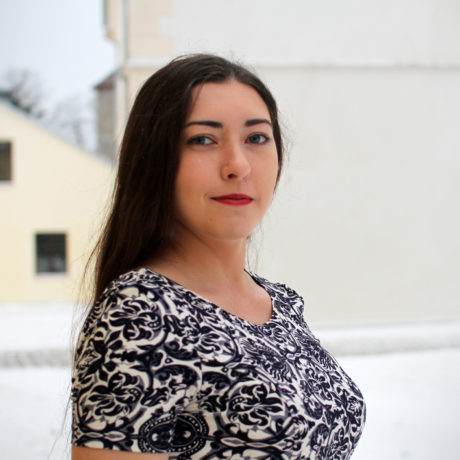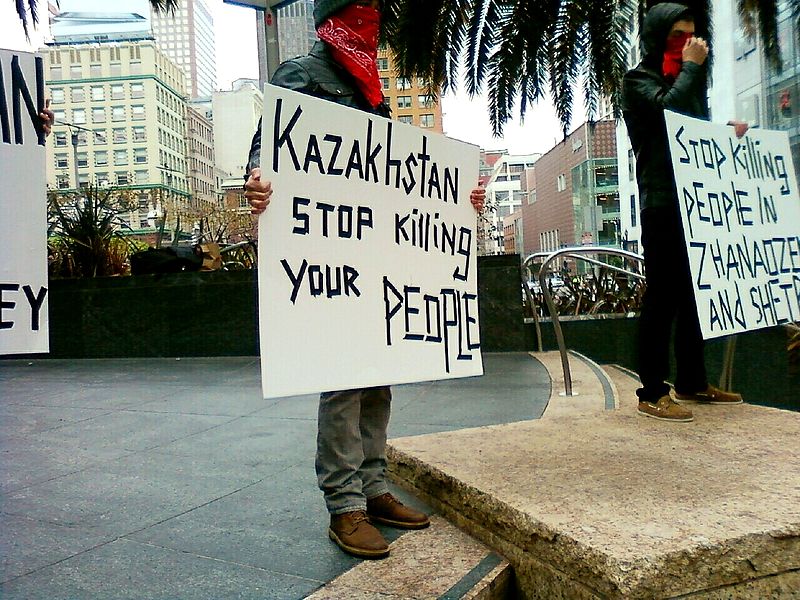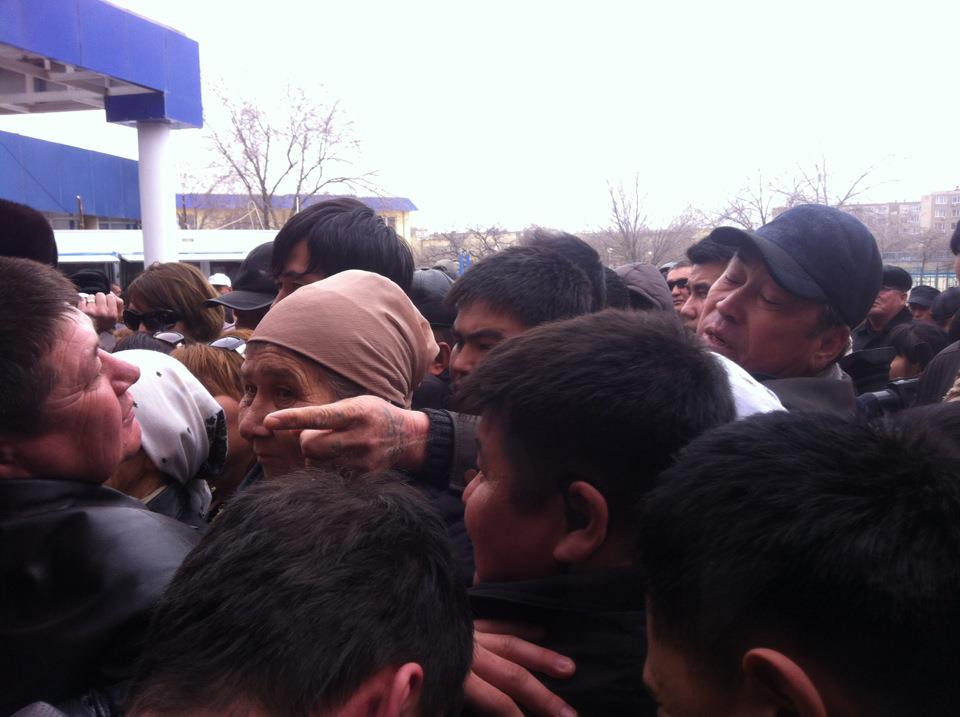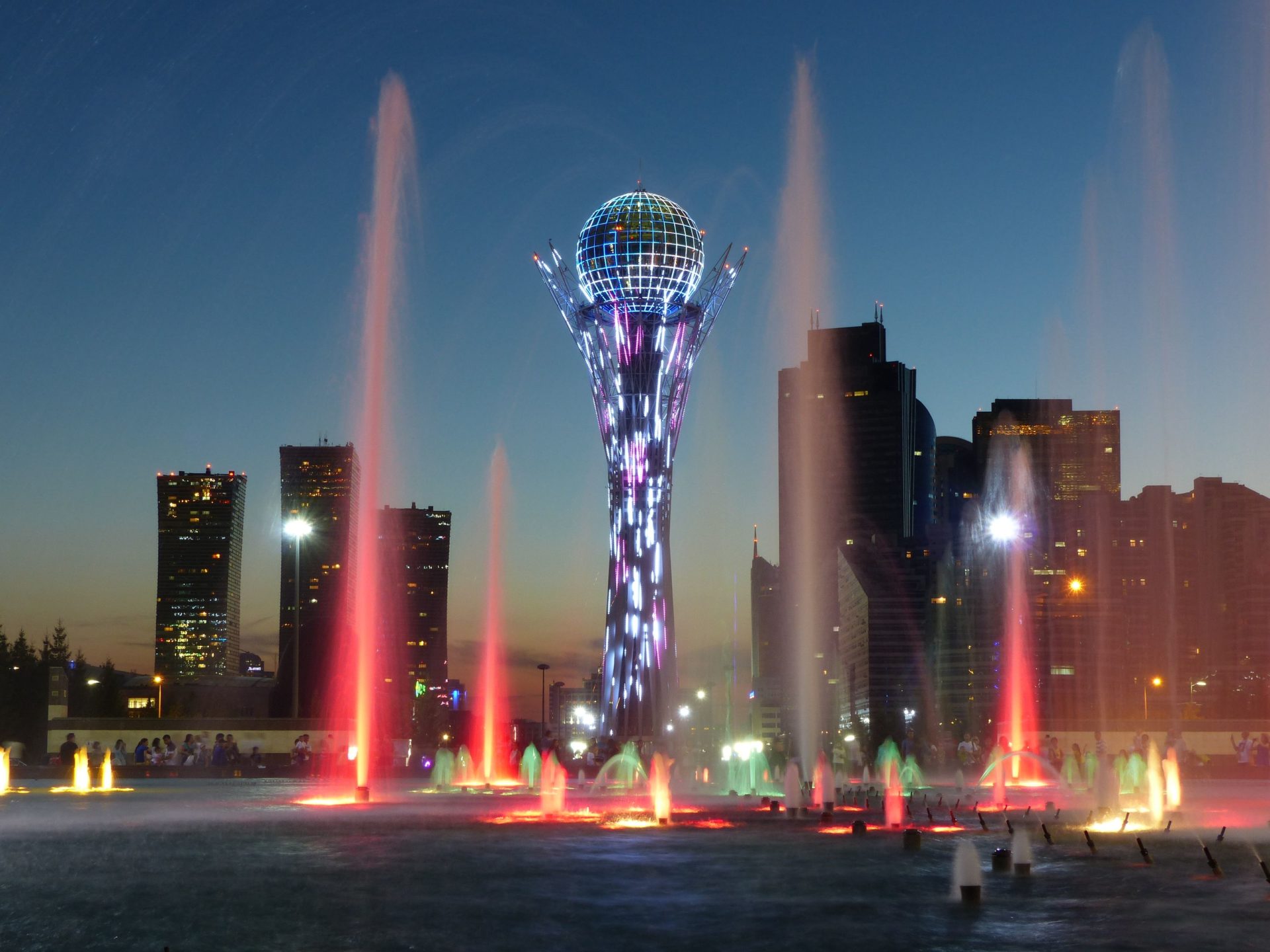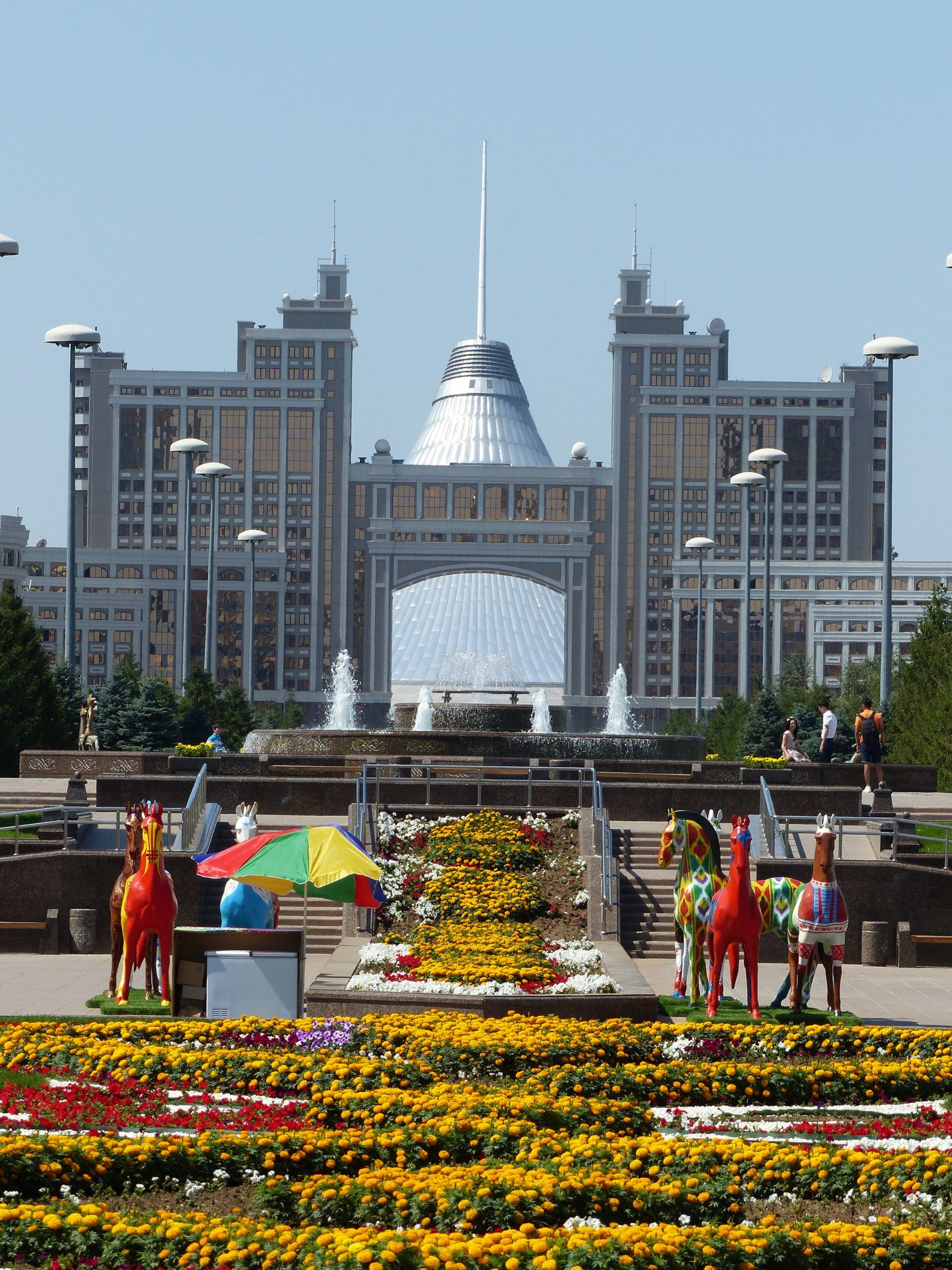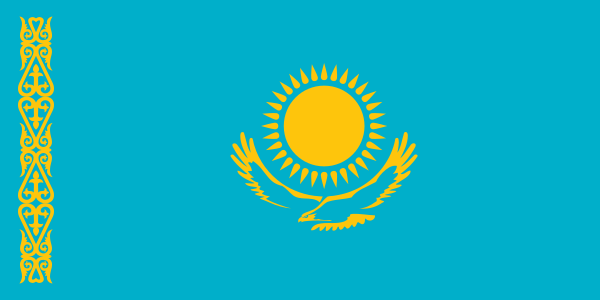
Kaszakhstan
- Governance: Republic, unitary state
- Capital: Astana
- Population: 15.8 million
- Religion: Islam (sunni) and Christianity (Russian orthodox)
- Language: Kazakh (national) and Russian (official)
- Location: Central Asia
- Democracy index: Not free, 22/100
Kazakhstan is the proud home of 120 ethnicities that live together peacefully. Rich in natural resources, Kazakhstan is a country of great economic potential. Another wealth of Kazakhstan is its unique and diverse nature, ranging from snow-covered mountain chains to boundless steppes and deserts.
Democracy, transparency and human rights suffer barren conditions in Kazakhstan, resulting in corruption, a resource-dependent economy and an authoritarian rule. The regime roots out the opposition and human rights violations are common. The most striking issues are torture, as well as limitations on freedoms of assembly, expression and the media.
Kazakhstan today
Since its independence from the Soviet Union, Kazakhstan has only had one president. Nursultan Nazarbayev, has been re-elected a number of times in elections characterized by irregularities – he received more than 97% of the vote in 2015. Presidential powers have increased under his rule, while the regime has grown increasingly authoritarian. The political slogan, “economy first, then politics” is symptomatic of how the authorities neglect democratic development. The reluctance to implement democratic change is further underlined by how the regime regularly violates human rights.
Protests in Kazakhstan
Authorities outlaw opposition parties, imprison opponents, shut down independent media and crack down on peaceful demonstrations. Nonetheless, Kazakhstan has seen two significant popular protests in recent times. In 2011, oil workers protested low wages until police opened fire on the demonstrators, killing at least 14 in what is known as the Zhanaozen massacre. In 2016, thousands protested a proposed change to the law regulating lease of land by foreigners. Hundreds were arrested, and two peaceful activists were imprisoned.
NHC and Kazakhstan
The Norwegian Helsinki Committee is working actively in Kazakhstan, monitoring the human rights situation, publishing detailed reports and supporting local initiatives. In 2010, our representative office opened in Almaty, Kazakhstan and we have been a part of a large local network of human rights defenders since. Wherever we work, we put great emphasis on political prisoners. This is also the case in Kazakhstan where we have campaigned for their release.
Believing strongly in the importance of a vibrant civil society as a crucial foundation for democracy, we support local initiatives and human rights groups through a number of means and observe and report on persecution of civic activists. Lately we have focused on the right to freedom of assembly in Kazakhstan, monitoring peaceful demonstrations and work actively to promote the observance of this fundamental freedom.
Read more about this matter here.
History
Nomadic tribes have lived on the territory of modern day Kazakhstan since the stone age. These were first bound together when the Mongols conquered the area in the 11th century. As the Mongols’ power waned in the region, the Kazakh Khanate was established in the mid 13th century. Throughout the 14th century, the Kazakh people divided into three clans: the elder, middle and lesser “zhuz”.
In the 16th century, again threatened by the Mongols, the Kazakh clans sought protection with the Russian Empire, of which it then became a part of. Two centuries later, in 1922, Kazakhstan became a Soviet republic. After World War Two, Kazakhstan saw economic progress, although the Soviet era was characterized by political repression and forced collectivization – in 1932 more than a million perished when hunger struck as a result of Stalin’s policies. In 1986, massive demonstrations shook the Soviet leadership as thousands took to the streets protesting the Moscow rule.
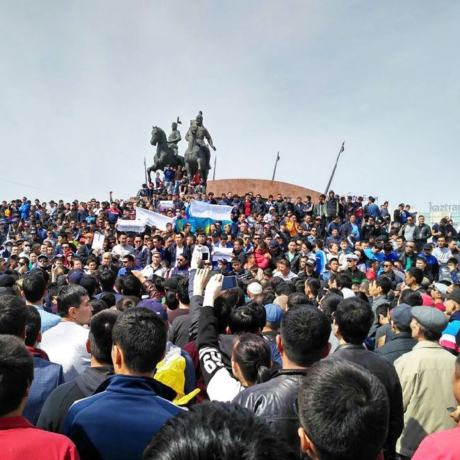
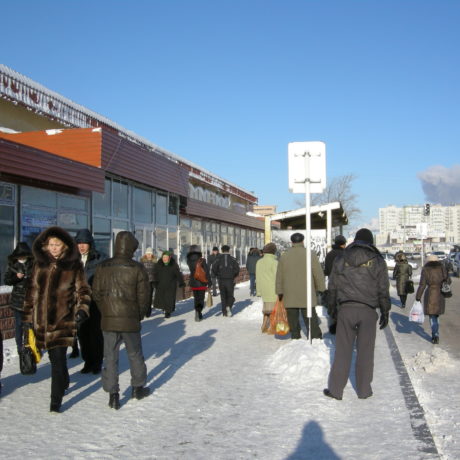
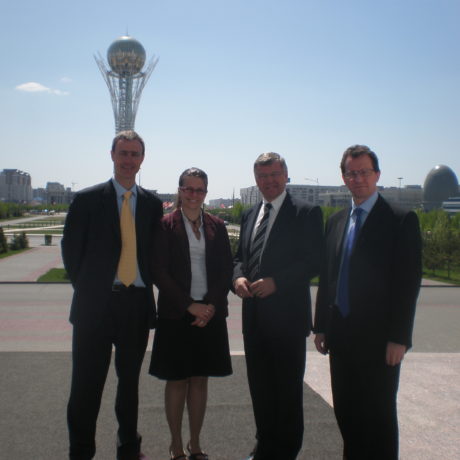
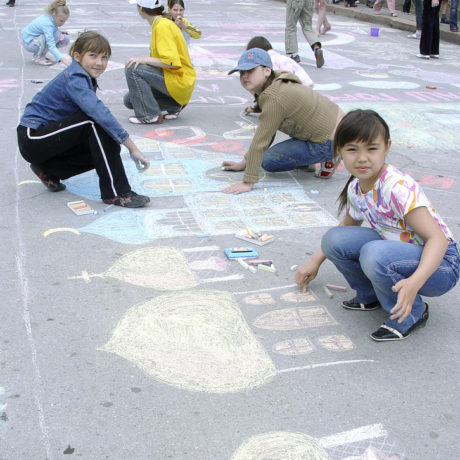
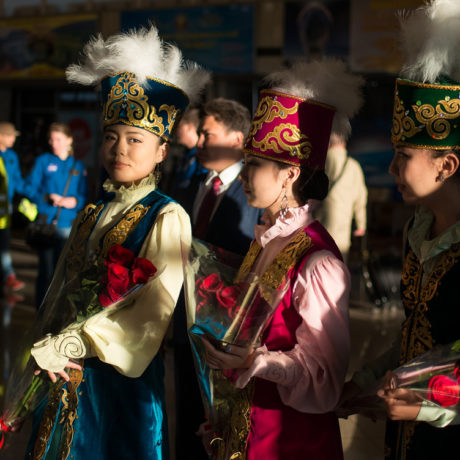
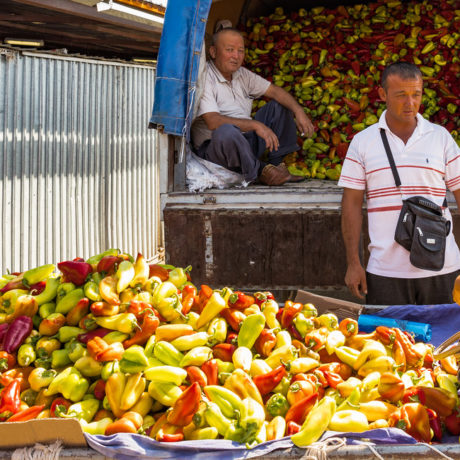
Timeline
- 15th century: The formation of the Kazakh Khanate
- 1643-1756: The Dzungarian invasion
- 1731-1734: The Kazakh Zhuzes join the Russian Empire
- 1837-1847: Revolt against the Russian Empire
- 1922: Kazakhstan becomes a part of the Soviet Union
- 1932-1933: Hunger in Kazakhstan
- 1991: Independence from the Soviet Union
- 1993: Adoption of the first Constitution
- 1997: Capital is moved from Almaty to Akmola
- 1998: Akmola is renamed Astana


